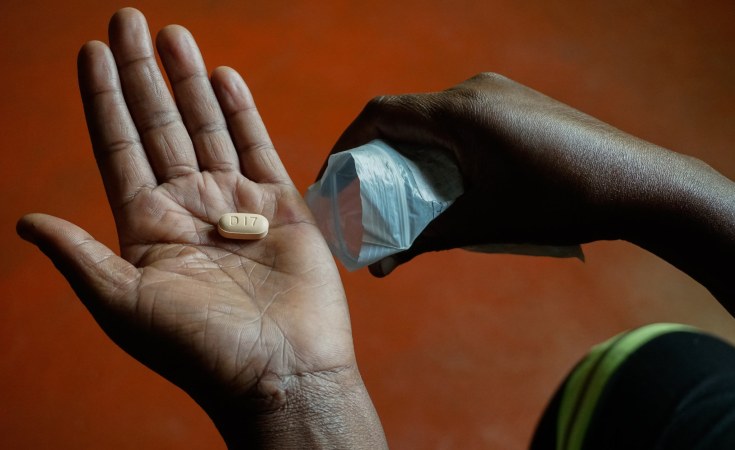As Uganda grapples with its HIV epidemic, the question of whether the country can eliminate the virus by 2030 looms large. With a population of over 45 million, Uganda has made strides in reducing HIV prevalence, but significant challenges remain.
Progress and ChallengesSince the 1990s, Uganda has been a model for HIV intervention, employing a multifaceted approach that includes education, condom distribution, and antiretroviral therapy (ART).
The country has seen a decline in new infections and AIDS-related deaths, yet around 1.4 million people live with HIV today.
The latest data indicates that while national prevalence stands at about 6%, certain regions, particularly rural areas, face much higher rates.One of the main obstacles is the stigma surrounding HIV.
Many individuals are reluctant to get tested or disclose their status, which hampers treatment and prevention efforts.
Additionally, funding for HIV programs has been inconsistent, particularly as international support wanes.
This unpredictability poses a threat to sustaining progress.Strategic ApproachesTo eliminate HIV by 2030, Uganda must intensify its strategies.
Key interventions include expanding access to testing and treatment, enhancing education programs, and increasing community involvement.
The introduction of pre-exposure prophylaxis (PrEP) has shown promise in reducing new infections, but access remains limited.Furthermore, addressing gender inequalities is crucial.
Women, especially in rural areas, are disproportionately affected by HIV. Empowering women through education and economic opportunities can play a significant role in reducing transmission rates.International Support and CollaborationGlobal partnerships are vital.
Continued collaboration with organizations like UNAIDS and the Global Fund can provide essential resources and technical support. Advocating for consistent funding will be crucial to sustain ongoing programs and research into innovative solutions.
Therefore, eliminating HIV in Uganda by 2030 is ambitious, but not impossible. With strengthened political will, community engagement, and international support, the country can build on its past successes to combat this public health challenge. The journey will be complex, but the vision of an HIV-free Uganda is worth pursuing.


